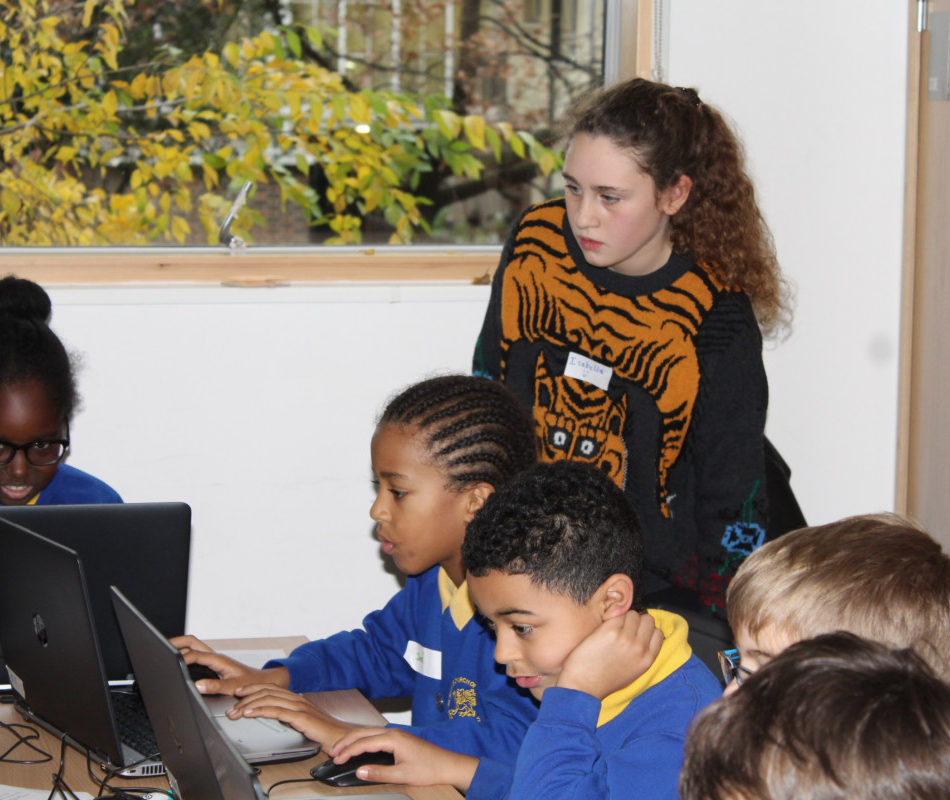Written by:
By Grace Crannis
As part of our series of Design Studio workshops in our Empowering Design Practices research project, The Glass-House worked alongside partners The Open University to run a gaming session for a group of Year 5 school children from St Mark’s Church of England Primary School. The workshop was co-designed and co-facilitated by Dexter and Isabella, Year 6 students from schools in East London.
The aim of the workshop was to explore the role children can play in collaborative design, as well as introducing the group to architectural concepts and allowing them to experiment with making spaces using the online multiplayer building game, Roblox. We were hosted by Brickworks Community Centre in Islington, a fantastic space that was opened earlier this year and provides a wide range of facilities for the local area.
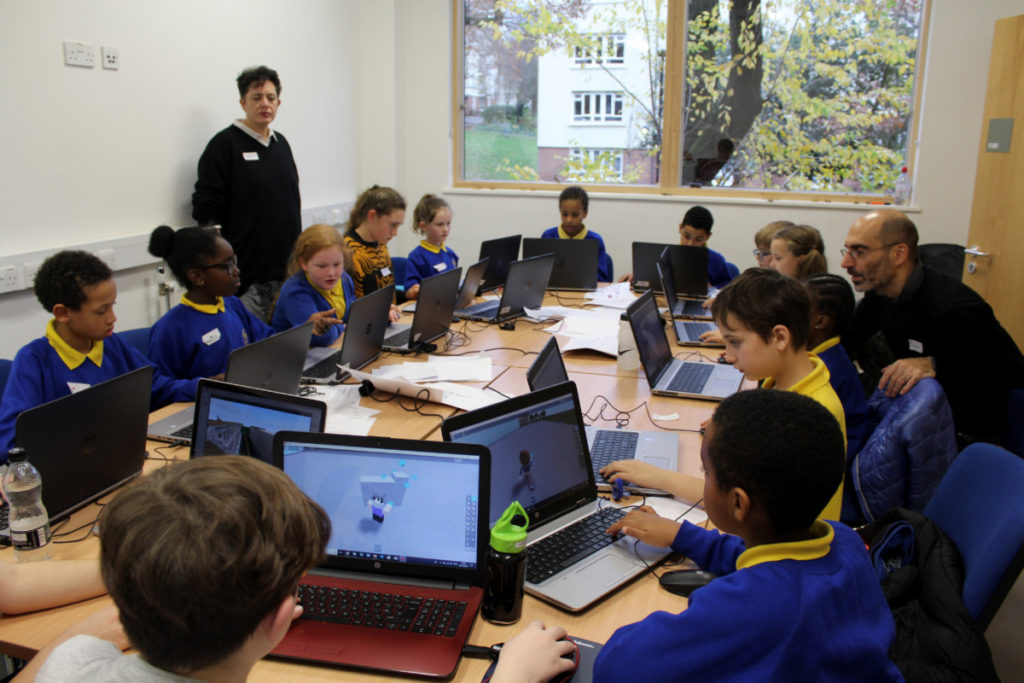
Roblox allows users to design their own environments, play in worlds created by other players, and chat to each other. In a similar way to Minecraft, each player has an avatar, and can use shapes to build 3D models. The F3X building tools in Roblox are refined and give users a lot of control, with a similar interface to advanced game creation programmes.
For practical support with gaming tools and navigation, Dexter and Isabella were on hand to give demos on the projector. As keen gamers themselves, they had experience with some of the challenges new players might run into.
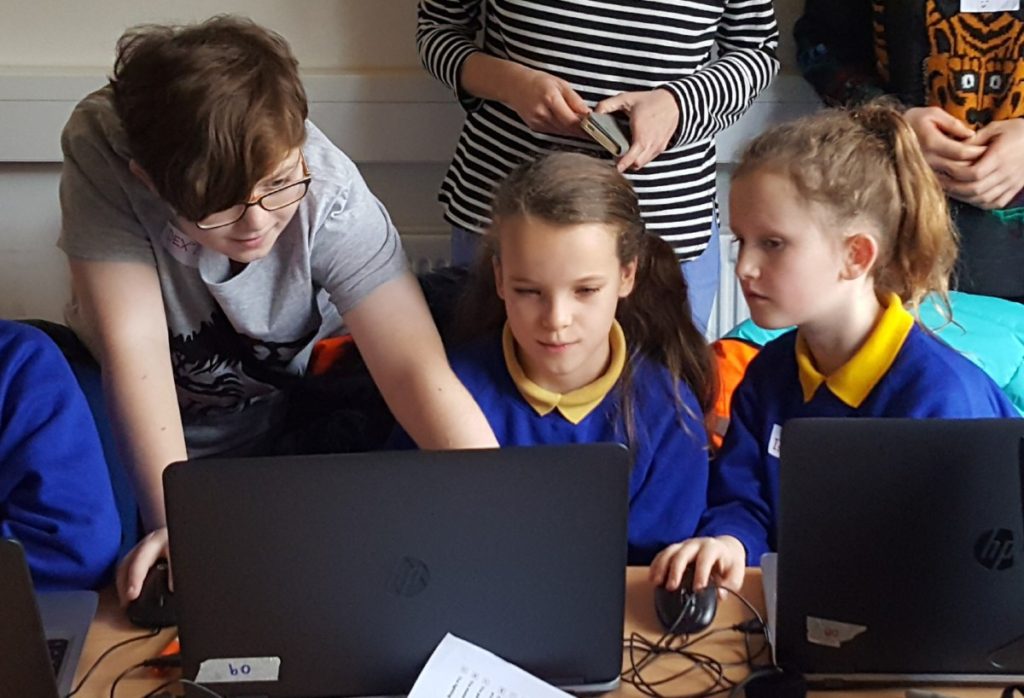
After a short presentation about qualities of spaces and the way architecture can make you feel, we asked everyone to get stuck in designing their own churches as a warm up. It was fascinating to see the different approaches each gamer took, as some built walls around the edge of their baseplate, whilst others started in the middle and had a clear strategy for the spatial experience they wanted to create. After time was up, we went on a virtual tour of everyone’s churches and discussed the various outcomes. It was clear how much had been thought about, and comments like ‘this ceiling feels too low, it needs to be higher’ showed how quickly the students were engaging with complicated themes and iterating their designs.
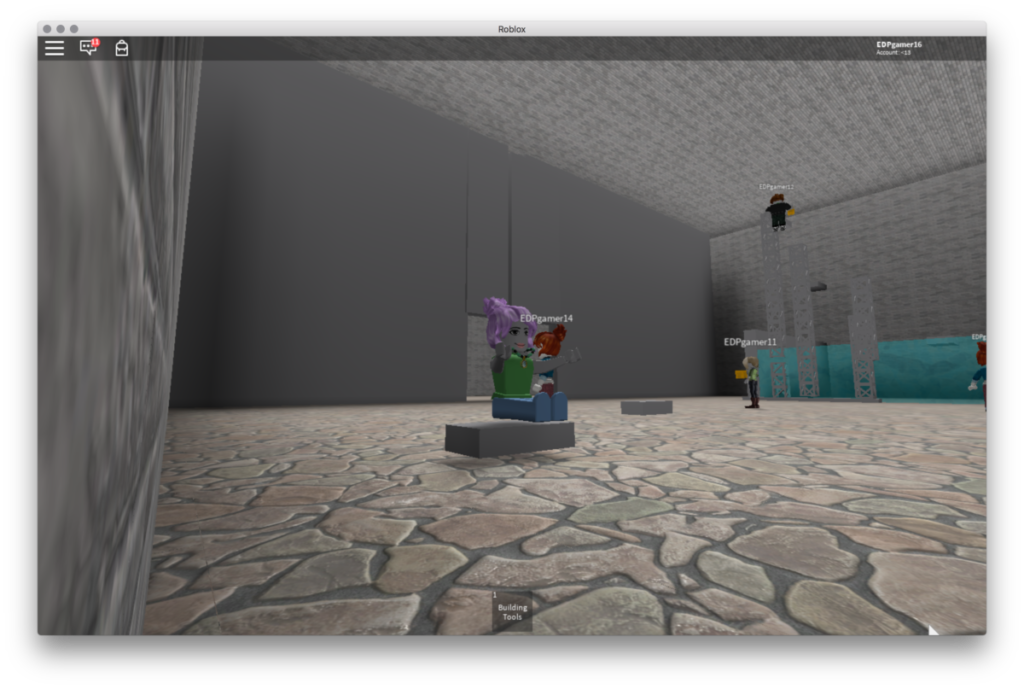
After lunch, everyone got into groups of 3 or 4 to co-design a community building of their choice. They were given a site in the town which had been built by Dexter and Isabella, featuring different types of buildings and roads to provide context. One group chose to make an airport as they thought of it as a social place where people come back together, as well as being somewhere that is often boring for children to experience. They designed a large and brightly coloured interior for their airport, and even started building a plane outside on the runway.
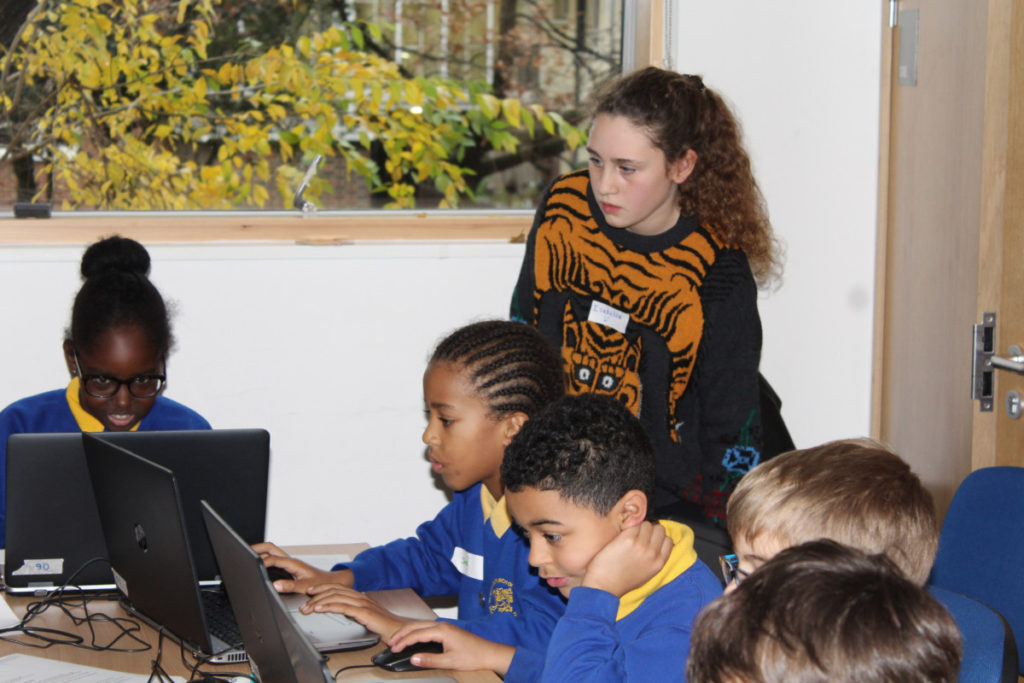
Another group designed a sports pitch, featuring a food kiosk and an intricate indoor play area for younger children to stay and play. The swimming pool project was one of the most complete examples, and the team worked well together to divide tasks and make several different rooms, including a pool with a group of diving boards and changing rooms. The team designing the cinema were interested in how they could use light and colour to make their interior more interesting, and to draw people into the building from the outside.
After the main challenge, we asked each group to present their work and explain some of their design decisions before the parents arrived for feedback. Rio said he enjoyed the exploratory nature of the session, as it was ‘good to be creative and play around without an aim’. Jessica got into the swing of things, and noted how it is ‘fun to design buildings’. The format of the workshop was a bit of an experiment for us, given the practicalities of the Roblox platform and number of students (and laptops) in the session, but the outcome was an encouraging success. It was brilliant to see the students engaging with complex design problems and enjoying the opportunity to be creative.

When asked about his experience co-designing the workshop and helping to facilitate, Dexter noted how good it was to have both children and adults taking on that role. He said, ‘Even though I didn’t completely teach the whole workshop, I did manage to do a bit and I got to help others. That was a really nice feeling, and the day was really fun. I think most students would enjoy this workshop. We’re getting to play Roblox, but it’s teaching us about design through a game. ’ Isabella said, ‘We understand it a lot better than adults so it’s easier to learn it from us. Also, it’s more interesting and exciting because it’s different from the normal thing of an adult standing there teaching. The children think if we can do it and enjoy doing it, then they can too!’
She also noted, ‘It was really interesting to stop and think about the places we use and to realise that they could have been designed differently, not just to accept that this is how it is’.
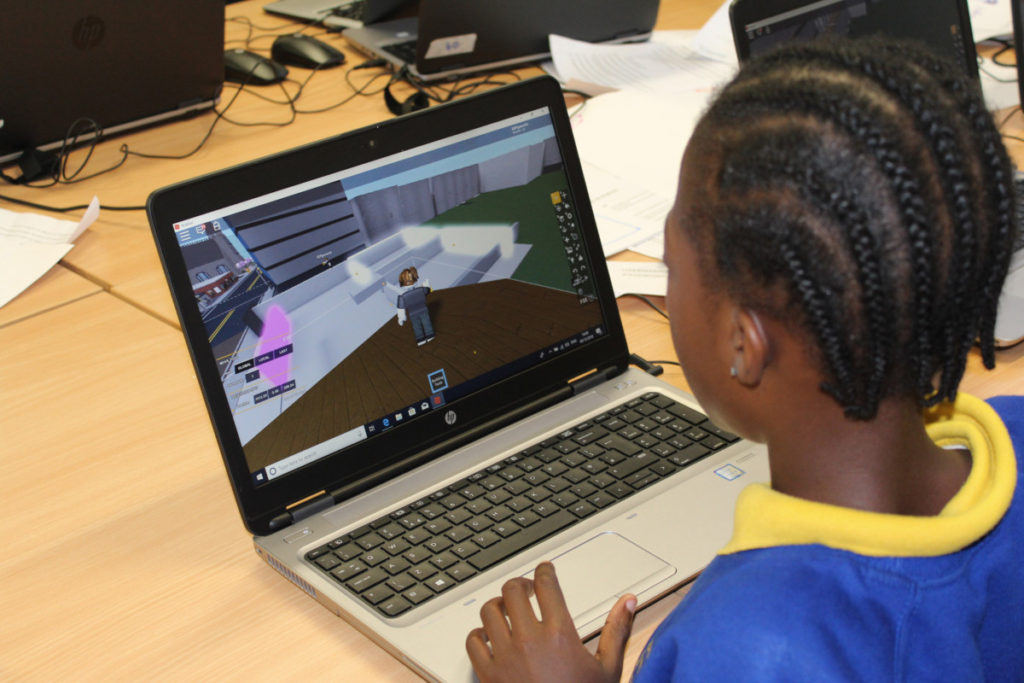
The design priorities children placed on the spaces they designed might not have been obvious to adults, making clear the importance of including people of all ages in the conversation about places. The speed with which the children picked up and used the F3X tool, encouraged us that gaming could provide an inclusive and empowering way to bring children into community dialogue about shaping their buildings and spaces. We hope students left the day with some new concepts to think about as well as an understanding of the benefits (and challenges) of working collaboratively. It was encouraging to hear some children expressing an inspiration to become designers in the future – there were definitely some budding architects in the room!
With thanks to St Mark’s Church of England Primary School and particularly the Deputy Headteacher Matthew Jones for helping us organise the day.
